Black Oak Tree
- October 3, 2023
- 0 comment

The Black Oak tree, scientifically known as Quercus velutina, is a majestic deciduous tree native to North America, particularly thriving in the eastern and central regions of the United States. Distinguished by its dark, furrowed bark and glossy, deep-green leaves, the Black Oak is renowned for its impressive height, often reaching up to 80 feet or more. In the fall, this tree undergoes a stunning transformation as its leaves turn a vibrant array of reds, yellows, and browns, creating a picturesque autumn landscape.
Black Oak trees are significant contributors to forest ecosystems, providing habitat and sustenance for various wildlife species. The acorns produced by these trees serve as a crucial food source for numerous animals, emphasizing the ecological importance of the Black Oak in North American forests.
Beyond its contributions to industry, the Black Oak holds cultural importance, particularly among Native American communities. Traditionally, different parts of the tree, including its bark and acorns, have been utilized for medicinal purposes and as a nutritional staple. This historical connection emphasizes the deep-rooted relationship between the Black Oak and indigenous cultures, elevating its status from a biological entity to a symbol with cultural and historical resonance. Despite contemporary challenges, such as habitat loss and climate change, conservation efforts are underway to ensure the continued existence of this venerable species, recognizing its multifaceted contributions to ecosystems and human societies alike.

| Characteristics | Description |
| Scientific Name | Quercus velutina |
| Height | Exceeds 80 feet |
| Bark | Dark and furrowed |
| Leaves | Glossy, deep-green; deeply lobed with pointed tips; 5 to 9 inches in length |
| Native Range | Eastern and Central United States |
| Habitat | Versatile; thrives in a variety of soils including acidic, loamy, and sandy soils |
| Lifespan | Several centuries |
| Wildlife Interaction | Attracts deer, squirrels, and numerous bird species |
| Growing Conditions | Thrives in full sun; drought-tolerant; prefers well-drained soils |
| Fruit | Acorns; ¾ to 1 inch long; cap covers about one-third of the nut; matures in 2 years |
| Wood Decay Resistance | Moderately resistant to decay, making it valuable for outdoor applications |
A Brief History
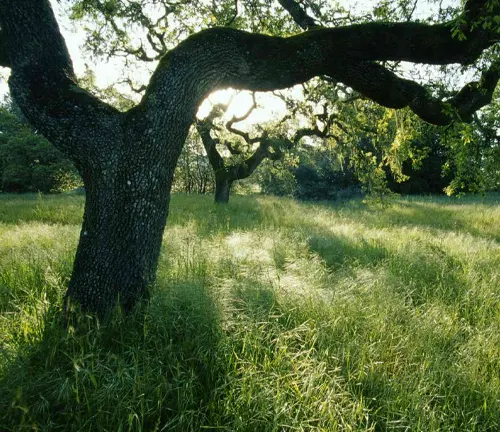
The Black Oak tree, scientifically known as Quercus velutina, is a remarkable species that has long graced North American landscapes with its grandeur. Its history traces back centuries, entwined with the stories of Native American cultures, early American settlers, and the natural world. This article explores the Black Oak’s rich history, unveiling its significance in shaping the environments it inhabits.
Color/Appearance
Standing tall and proud, the Black Oak is celebrated for its distinct appearance. Its leaves are a striking shade of deep green during the growing season, which transform into a fiery red or russet hue in the autumn, making it a beacon of fall’s beauty. Learn more about the Black Oak’s captivating color transformations and the magic it adds to our landscapes.
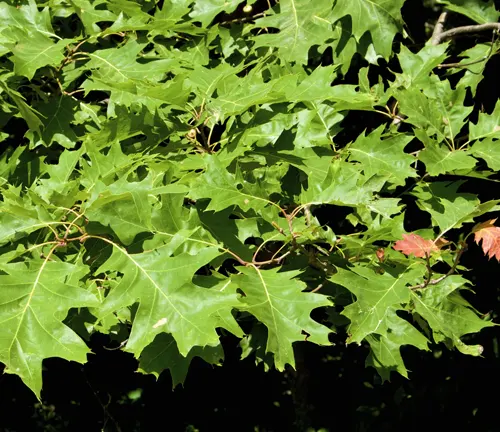
Life Cycle
The life cycle of a Black Oak is a testament to nature’s patience and resilience. From tiny acorn to majestic tree, this species undergoes a remarkable journey. Delve into the intricacies of the Black Oak’s life cycle, from germination and growth to the production of acorns and its role in perpetuating the forest ecosystem.
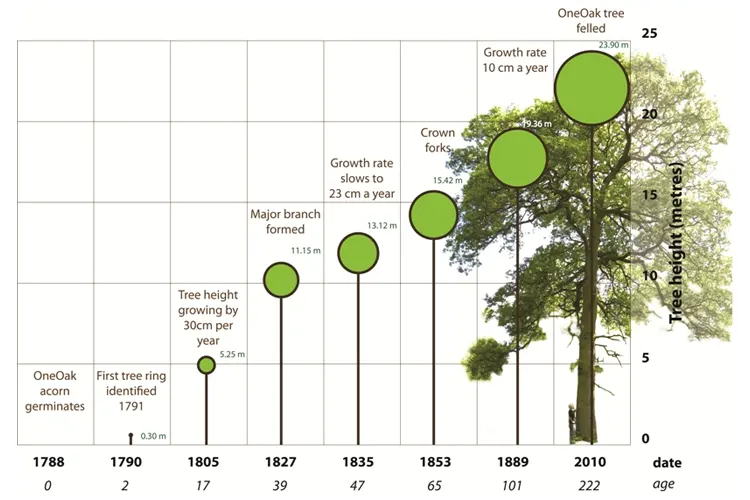
Adaptability and Resilience
Nature’s challenges have molded the Black Oak into a symbol of resilience. This tree has adapted to diverse climates, soils, and environmental conditions, showcasing its remarkable ability to thrive under adversity. Discover the secrets behind the Black Oak’s adaptability and how it endures through the ages.
Ecological Importance
Beyond its aesthetic appeal, the Black Oak is an ecological linchpin. It provides habitat and sustenance for a variety of wildlife, from birds to insects, and plays a vital role in forest ecosystems. Explore the interconnected web of life that depends on the Black Oak and the broader impact it has on our environment.

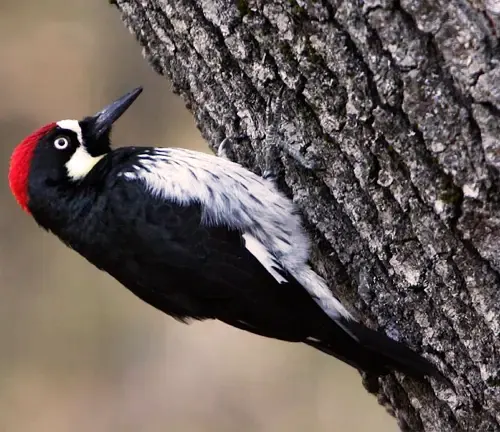
Wood Products and Applications
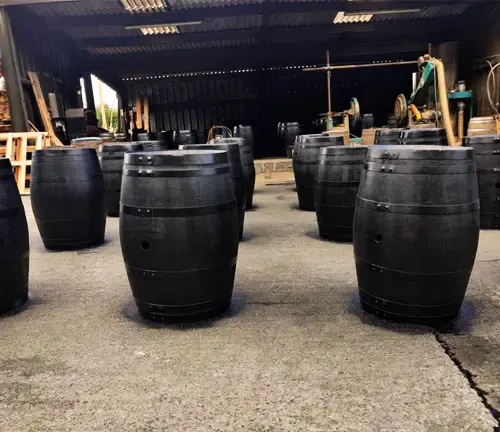
The wood of the Black Oak has been prized for centuries for its strength and durability. From furniture and flooring to barrels for aging wine and whiskey, this wood has found its way into countless applications. Learn about the versatility and craftsmanship associated with Black Oak timber.

Cultivation and Care
For those looking to harness the beauty and benefits of the Black Oak in their own landscapes, understanding its cultivation and care is essential. Discover the tips and tricks for successfully growing and nurturing Black Oak trees, whether in your backyard or a larger woodland restoration project.

Benefits
The Black Oak offers an array of benefits to humans and the environment. From its contribution to carbon sequestration to its role in erosion control, this tree is a valuable asset. Explore the myriad ways the Black Oak benefits both the natural world and our society, fostering a harmonious coexistence.
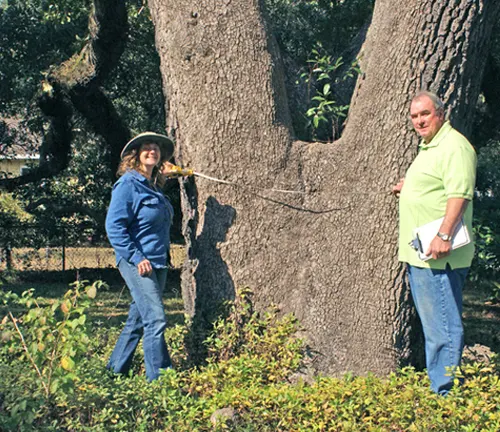
In conclusion, the Black Oak tree stands as a testament to the enduring beauty and resilience of nature. Its rich history, captivating appearance, and ecological importance make it a cherished part of North America’s natural heritage. Understanding and appreciating the Black Oak is not just an exploration of a tree but a journey through time and the intricate tapestry of life in our forests.
Frequently Asked Questions (FAQs)
- Do Black Oak trees have a special cultural significance?
Black Oak trees hold cultural importance among Native American tribes, particularly the Ho-Chunk and Potawatomi. They are used in traditional ceremonies and are seen as symbols of strength and longevity. Learning more about the cultural significance of Black Oak trees can provide valuable insights into indigenous traditions and beliefs. - How do Black Oak trees benefit specific wildlife species?
While it’s known that Black Oak trees support wildlife, people often wonder about the specific relationships between this tree and certain animal species. For example, how do Black Oaks interact with woodpeckers or squirrels, and what adaptations have these animals developed to utilize the tree’s resources? - Are there any unique pests or diseases that affect Black Oak trees?
Many tree species face threats from various pests and diseases, but some may be more vulnerable than others. Understanding the particular challenges that Black Oak trees face in terms of pests and diseases can be essential for their conservation and management. - Can Black Oak wood be used for sustainable construction?
Sustainability is a growing concern, and people are increasingly interested in using eco-friendly materials for construction. Exploring the sustainability of Black Oak wood as a building material, its longevity, and its carbon footprint in comparison to other woods can be an intriguing topic. - How do Black Oak trees influence soil composition and health?
Trees often have a significant impact on the soil in which they grow. Black Oak trees, with their deep-reaching roots and leaf litter, can influence soil composition, nutrient cycling, and the health of the ecosystems they inhabit. Understanding these soil interactions can shed light on broader ecological processes.





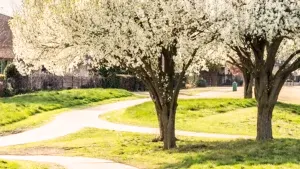
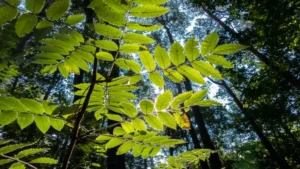
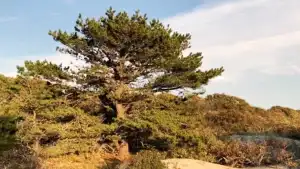
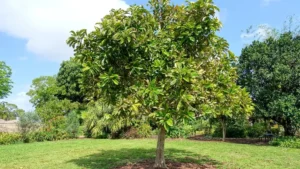
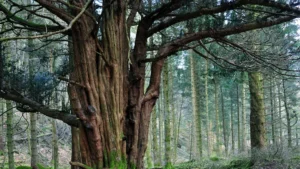
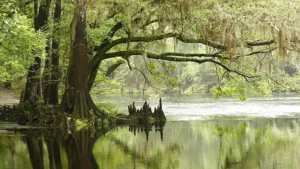
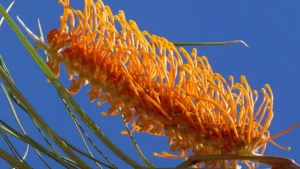

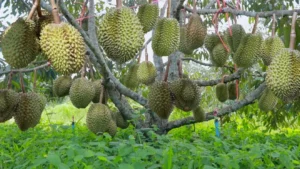
Leave your comment